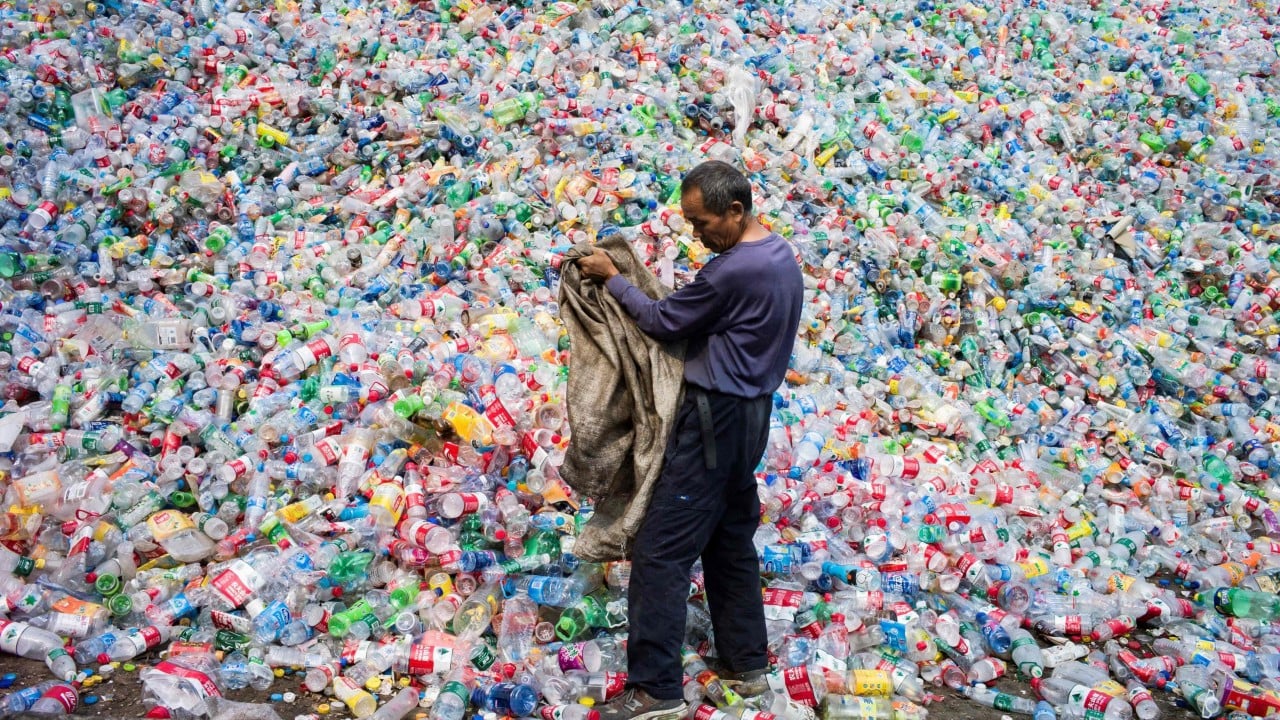While severe oversupply in Chinese industries ranging from the traditional steel sector to the hi-tech production of solar panels has made headlines recently, one lesser-known sector suffering the same fate is waste-to-energy incineration.
Advertisement
The optimistically planned industry, giving China the world’s highest processing capacity, is struggling to find enough waste to burn, with experts blaming a slowdown in the growth of supply driven by factors including an economic downturn and slowing urbanisation.
Since 2019, the amount of municipal solid waste generated in China has increased by more than 10 per cent, but incineration capacity has more than doubled, resulting in 40 per cent of waste-to-energy incineration capacity sitting idle, according to government data and estimates from researchers.
Last year, China collected and transported over 262 million tonnes of municipal solid waste, an increase of about 11 per cent on the 235 million tonnes in 2019, according to data released by the Ministry of Ecology and Environment.
In October last year, there were 1,010 incineration enterprises nationwide with a total capacity of around 1.11 million tonnes a day, the ministry said at a news conference in December. That was more than double the 457,639 tonnes a day reported by the Ministry of Housing and Urban-Rural Development in 2019.
Advertisement
In a note issued earlier this month, analysts from Cinda Securities said China’s waste incineration plants are seriously underutilised and estimated to be running at an average capacity of 60 per cent.

